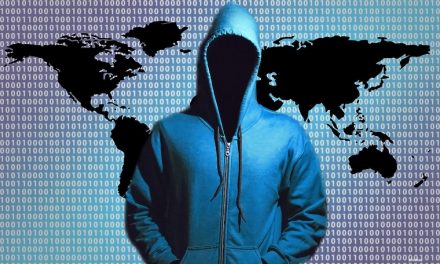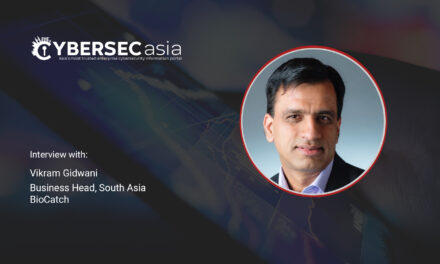Ahead of RSA Conference 2019 Asia Pacific and Japan, industry experts share their thoughts on IoT, critical infrastructure and more.
Ahead of RSAC 2019 APJ, industry experts, including speakers and the program committee of RSAC 2019 APJ weigh in on the evolving threat landscape, and uncover what is hype, what is reality and what this means for businesses and CISOs in the Asia Pacific region.
“RSA Conference serves to be a platform that facilitates pertinent conversations, while informing businesses of how to make actionable decisions on all things cyber security,” said Linda Gray Martin, Senior Director & General Manager, RSA Conferences.
“With the continuous emergence of new technologies, enterprises now find themselves having an ever-growing repository of security products that do not necessarily help in providing strategic management of cyber threats.”
The organizers of the event has gathered industry experts participating at RSAC 2019 APJ to share what risks are understated or overstated, so businesses and CISOs can distinguish between hype and what should be genuine priorities.
Based on industry observations and interactions with partners and customers across the region, experts share their thoughts on four hotly contested statements that impact regional businesses in 2019:
1. It is possible for a cyber security solution to be completely unhackable?
The adoption of fraud detection and prevention solutions, including multi-factor authentication and biometric solutions have been on the rise in Asia.
According to Grand View Research, the Asia Pacific market will witness the fastest growth rate from 2018-2025, as a result the increasing emphasis on personal data security, stringent regulatory compliance, and increased investments in connected devices and cloud technologies. While such solutions buffer against attacks, experts caution that businesses need to do more than just ensure that technologies are in place.
“The reality is, biometrics also brings with it some caveats and new risks, including privacy concerns around how ‘Personal Identifiable Information’ is collected, shared and secured as this data can also be a target for cybercriminals. As biometric technologies depend on probabilities and confidence scores, there are also risks that the systems can be spoofed by say, a photo. Therefore, it is always best for biometrics to work in conjunction with other security measures,” explained Vicky Ray, Principal Researcher, Unit 42 Threat Intelligence, Asia Pacific.
An executive adviser of a Fortune 100 company and member of the RSAC Program Committee shared similar sentiments. “We have seen security “silver bullets” come and go over the years – it used to be biometrics and now, vendors are praising AI as the ultimate cyber defense weapon. Unfortunately, the one constant is that hackers will resolve to targeting the weakest link – people. While biometrics are good as another layer of security, they are but just an additional layer of security. If hackers can convince people to do something that they should not do, no technology will help,” he explained.


















Very useful content!